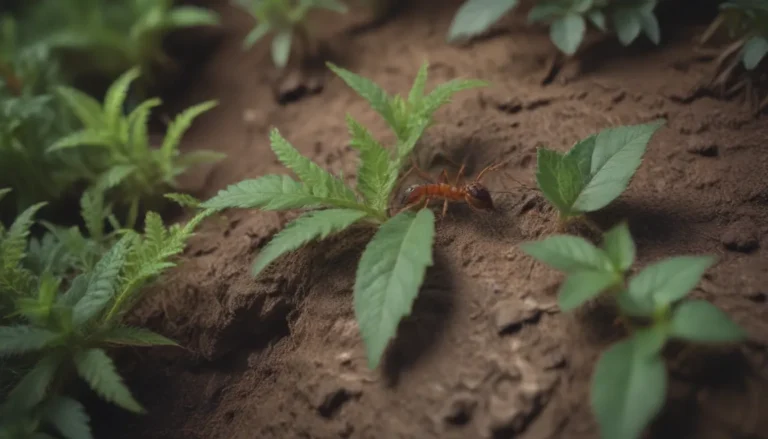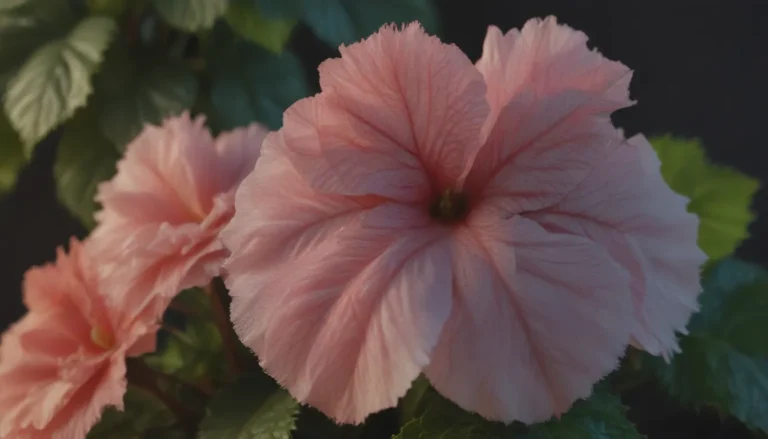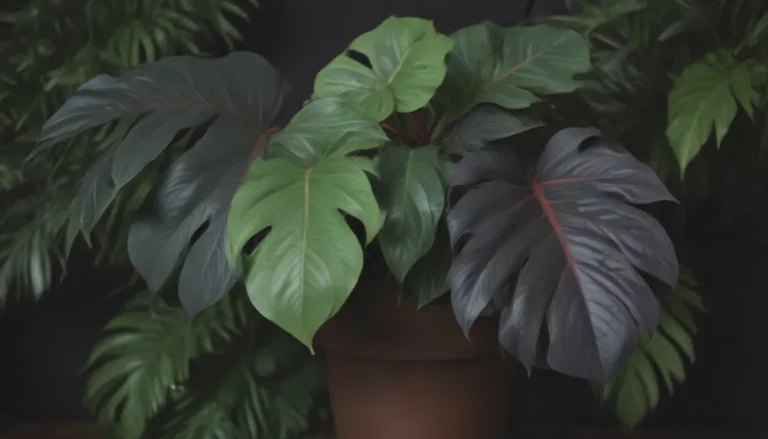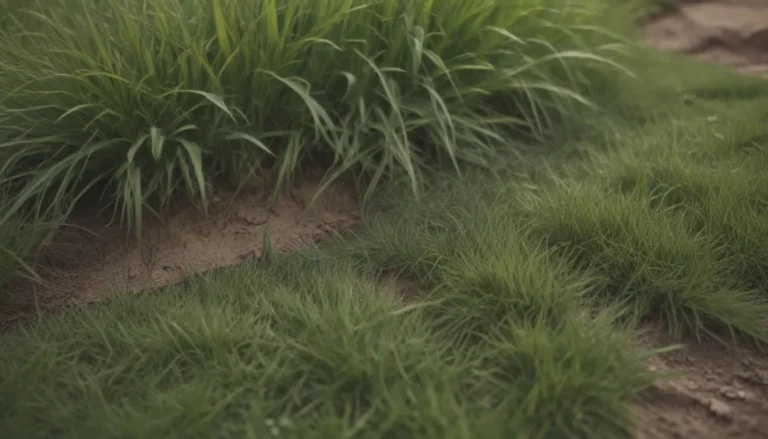The Comprehensive Guide to Growing and Caring for Chenille Plant
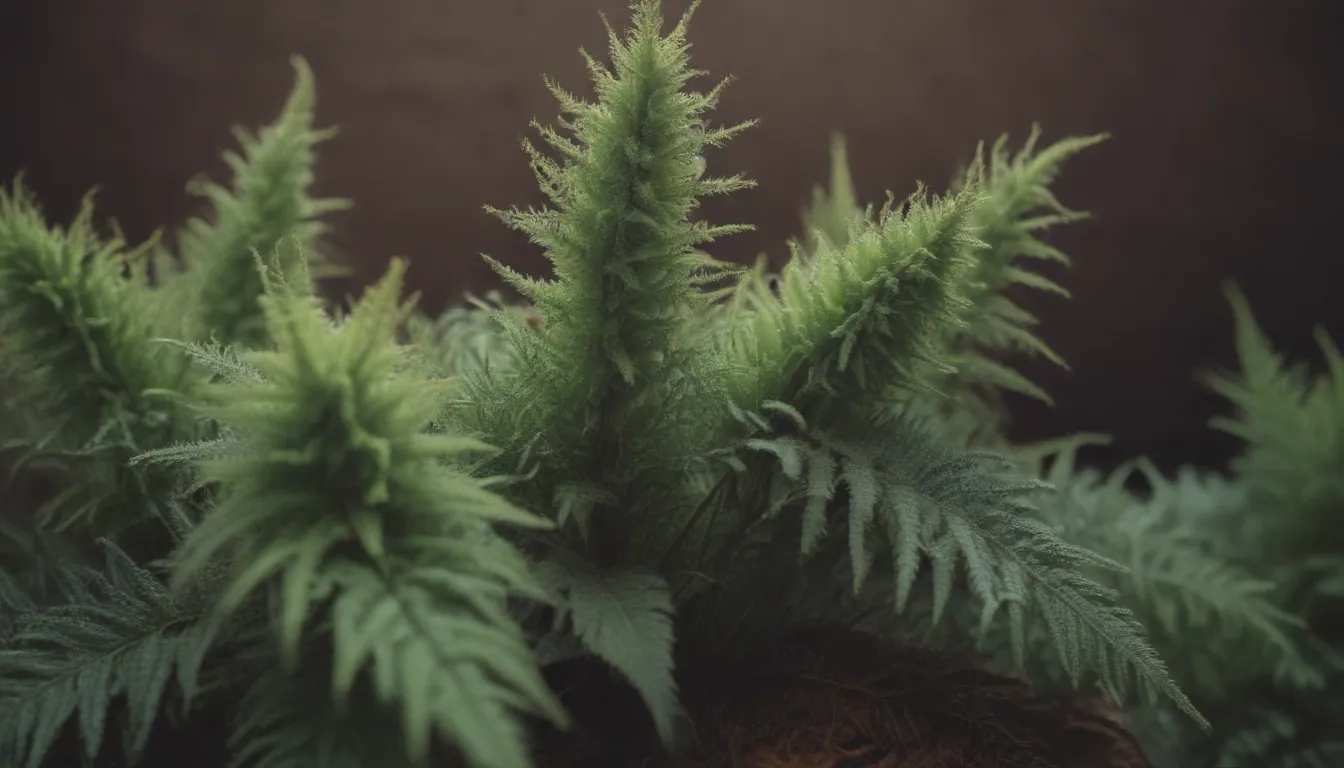
If you are looking to add a burst of color and texture to your garden or home, look no further than the charismatic Chenille plant (Acalypha hispida). This member of the spurge family, named after the French word for caterpillar, boasts long and fuzzy crimson blooms that are sure to catch the eye of anyone who sees them. Whether you want to adorn your sunny flower garden or create a beautiful homegrown bouquet, the Chenille plant is a perfect choice.
Native to tropical zones, the Chenille plant is a versatile plant that is commonly grown in containers and can be brought indoors for the winter in colder climates. It also makes a wonderful year-round houseplant and can even be grown as a perennial in USDA cold hardiness zones 10 and 11, where it is best planted in the spring.
In this comprehensive guide, we will walk you through everything you need to know to successfully grow and care for your Chenille plant. From light and soil requirements to watering and fertilizing tips, we’ve got you covered. Let’s dive in!
Chenille Plant Care: Tips and Tricks
Light
- Chenille plants thrive in full sun to partial shade, but be sure to avoid planting them in areas that receive direct sun in the late afternoon.
- If grown as a houseplant, place your Chenille plant in a greenhouse or near a south-facing window to ensure it receives ample year-round light.
Soil
- Chenille plants can adapt to a variety of soil types, including sand, clay, and loam.
- It is important to note that Chenille plants are not well-suited to xeriscapes or seaside gardens, as they are only moderately drought-resistant and not salt-tolerant.
- Chenille plants can thrive in soil pH values ranging from 6.0 to 7.5.
Water
- Keep your Chenille plant consistently moist as it establishes itself, and maintain moderate moisture throughout the season.
- Check the soil every two to three days and water before it dries out completely. Be cautious not to overwater, as this can lead to root rot.
Temperature and Humidity
- Chenille plants prefer warmer temperatures and will not tolerate anything below 60 degrees Fahrenheit.
- Ensure your Chenille plant has adequate humidity, especially if grown indoors.
Fertilizer
- Chenille plants are fast growers and require regular fertilizing to support flowering and development.
- Instead of the standard bi-weekly feeding, opt for a half-strength balanced flower fertilizer weekly for best results.
- If your plant starts to develop yellow leaves, add a shovelful of manure to the soil to supplement the fertilizer.
Types of Chenille Plant
No matter your preference, there are several varieties of Chenille plants to choose from. Some popular options include:
– Acalypha hispida ‘Alba’
– Acalypha hispida “White-Margined”
– Acalypha pendula
Pruning Tips for Healthy Growth
- Like many fast-growing plants, Chenille plants can become unruly as the summer progresses.
- In the fall, when the plant begins to look unkempt, prune it back to 12 inches above the soil for a more compact, multi-branched growth.
- If you prefer an upright specimen, train your plant into a standard form by trimming leaves and stems and supporting the trunk with a stake.
Propagating Your Chenille Plant
- Avoid trying to grow Chenille plants from seeds, as they are dioecious plants that only produce male or female flowers.
- Instead, purchase nursery plants or propagate new plants from fresh cuttings in the spring for best results.
Potting and Repotting
- Repot your Chenille plant in the spring when it outgrows its container and avoid waiting until the leaves turn yellow.
- Always use high-quality potting soil and choose a pot with proper drainage to prevent waterlogging.
- Increase the pot size as needed to accommodate root growth.
Overwintering Tips
- Chenille plants need a period of dormancy when grown outdoors. Trim back the plant in the fall and cover with mulch to protect it during the winter.
- For plants grown in colder climates, overwinter indoors with reduced water and fertilizer until temperatures warm.
Common Pests and Diseases
- Spider mites can be a common pest for Chenille plants, especially during dry conditions. Mist the plant regularly to deter these pests.
- Whiteflies may also be an issue; use a hand vacuum to remove them if necessary.
- Chenille plants are relatively disease-free, making them a low-maintenance option for any garden.
Caring for Blooming Chenille Plants
Encouraging Blooms
- Chenille plants can be everblooming with the right care and conditions. Ensure they receive adequate warmth, light, and nutrients for continuous flowering.
- When grown indoors, expect a period of dormancy where blooms may cease; be patient for the next bloom cycle in spring.
Bloom Characteristics
- While the foliage of Chenille plants is unremarkable, their fuzzy red flowers steal the show.
- The red catkins vary in appearance, from furry balls to pendulous strands, and can grow up to 18 inches long.
Troubleshooting Bloom Issues
- Ensure proper light and temperature conditions to encourage blooming.
- Regularly deadhead spent flowers to promote new blooms and keep your plant looking its best.
Common Problems and Solutions
- Avoid letting your Chenille plant dry out, as it prefers consistently moist soil to thrive.
- Monitor for yellowing leaves, which can indicate overwatering or poor drainage.
- Container-grown Chenille plants will remain smaller in size compared to those grown in the ground.
In conclusion, the Chenille plant is a delightful addition to any garden or indoor space. With proper care and attention to its specific needs, you can enjoy the vibrant blooms and unique foliage of this charming plant year-round. Whether you are a seasoned gardener or a beginner plant enthusiast, the Chenille plant is sure to bring joy and beauty to your home.
Remember, each plant is unique, so don’t be afraid to experiment and adjust your care routine based on the individual needs of your Chenille plant. With patience and dedication, you can cultivate a thriving and flourishing Chenille plant that will be the envy of all your friends and neighbors. Happy gardening!
